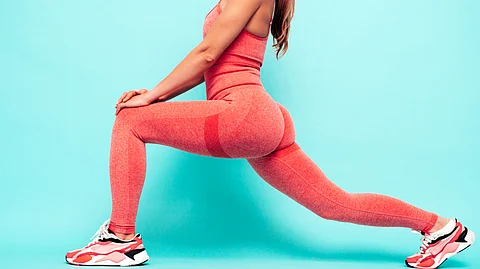Future Research and Implications
The study authors plan to build upon these findings by investigating whether gaze patterns correlate directly with attractiveness ratings of different buttock shapes. Future research will help determine if prolonged fixation is linked to aesthetic preference or if other factors contribute to visual attention.
The study, titled "Eye-Tracking Insights into the Perception of Buttocks," was conducted by researchers Rui Zeng, Emily Glaue, Nicholas Moellhoff, Michael Alfertshofer, Sebastian Cotofana, Samuel Knoedler, Leonard Knoedler, Severin Wiggenhauser, Riccardo Giunta, and Konstantin Frank.
References:
1. Rui Zeng, Emily Glaue, Nicholas Moellhoff, Michael Alfertshofer, Sebastian Cotofana, Samuel Knoedler, Leonard Knoedler, Severin Wiggenhauser, Riccardo Giunta, and Konstantin Frank. Eye-Tracking Insights into the Perception of Buttocks. Aesthetic Plastic Surgery. https://link.springer.com/article/10.1007/s00266-024-04257-x
(Input from various sources)
(Rehash/Dr. Sreelekshmi P/MSM)


